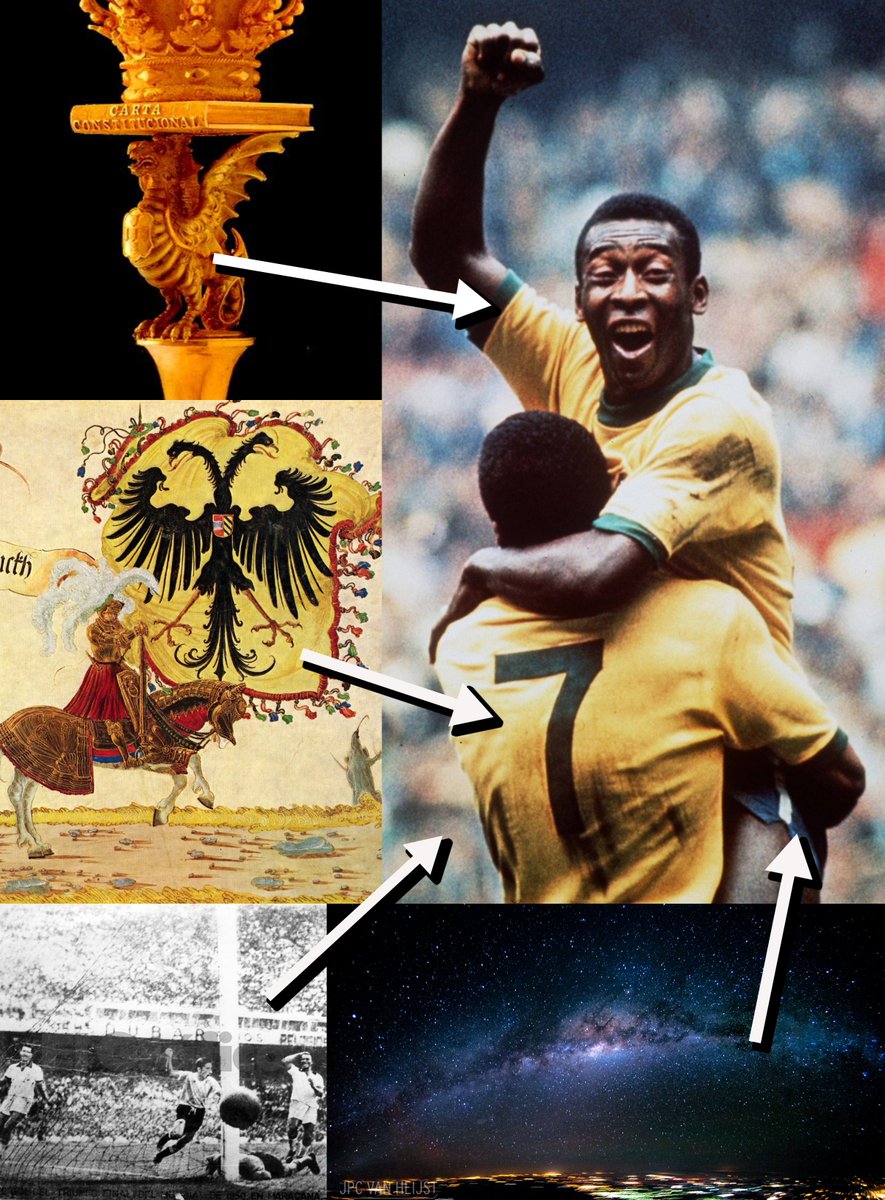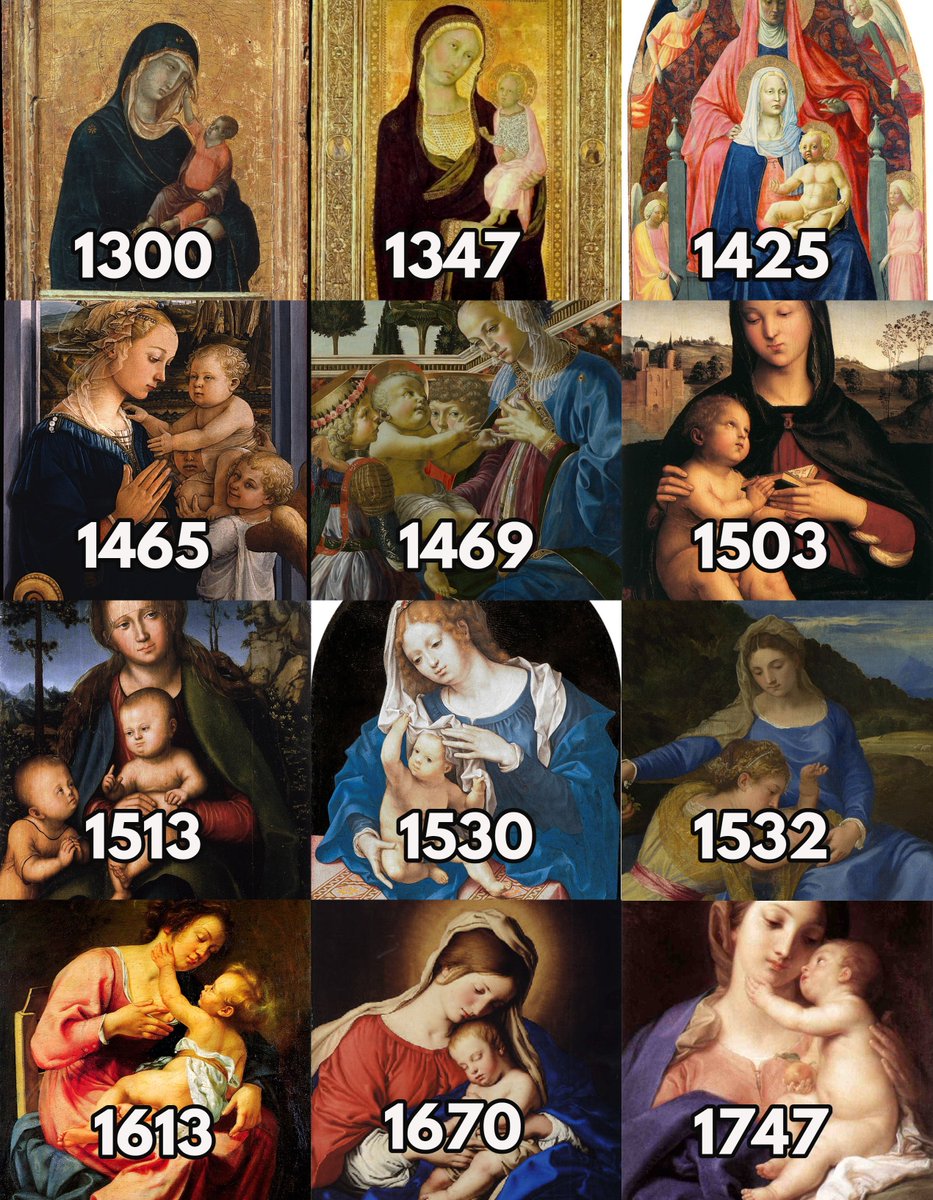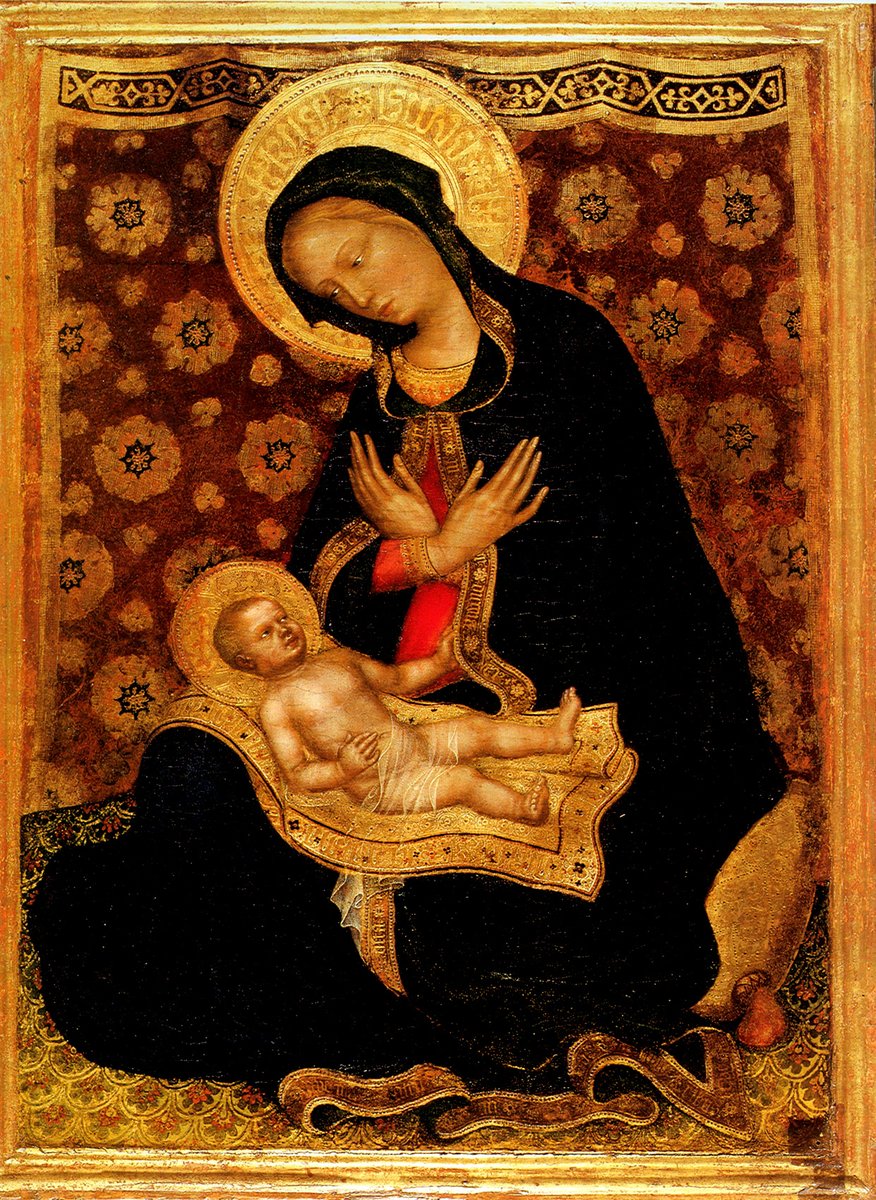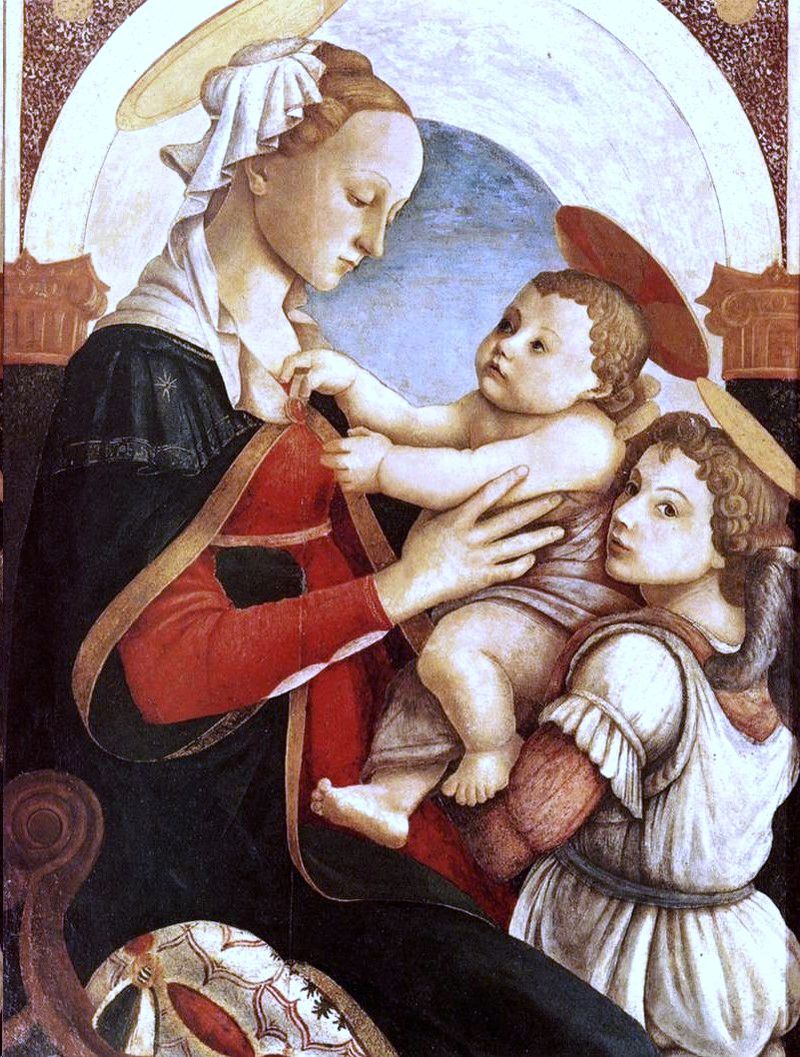
It might seem like 2022 is about to end and 2023 will begin tomorrow, but that depends on which calendar you use: 

Gregorian Calendar: 2022
The dating system most commonly used around the world. Introduced in 1582 by Pope Gregory XIII as a modification and correction of the old Julian Calendar.
It dates history from the birth of Jesus Christ.
The dating system most commonly used around the world. Introduced in 1582 by Pope Gregory XIII as a modification and correction of the old Julian Calendar.
It dates history from the birth of Jesus Christ.
Hebrew Calendar: 5783
Used for Jewish religious observance and ceremonial purposes. It dates history from the moment of the Earth's creation according to the Book of Genesis.
Used for Jewish religious observance and ceremonial purposes. It dates history from the moment of the Earth's creation according to the Book of Genesis.
Islamic Calendar: 1444
Used to determine Islamic holidays and for other religious purposes. Dates history from the Hijra, when Muhammad went from Mecca to Medina and established the first ummah, or Muslim community.
Used to determine Islamic holidays and for other religious purposes. Dates history from the Hijra, when Muhammad went from Mecca to Medina and established the first ummah, or Muslim community.
Chinese Calendar: 4355
Used as the basis for traditional holidays such as Chinese New Year. Dates history from the birth of the mythical Yellow Emperor.
Used as the basis for traditional holidays such as Chinese New Year. Dates history from the birth of the mythical Yellow Emperor.
Coptic Calendar: 1739
Used for liturgical purposes by the Coptic Christian Church of Egypt. Dates history from the Year of the Martyrs, when Diocletian became Roman Emperor and persecuted the Christians of Alexandria.
Used for liturgical purposes by the Coptic Christian Church of Egypt. Dates history from the Year of the Martyrs, when Diocletian became Roman Emperor and persecuted the Christians of Alexandria.
Japanese Calendar: Reiwa 4
This is a regnal calendar which counts the years of an emperor's reign. Each new reign is given an era name; Reiwa is the current era, which began when Naruhito ascended the throne.
This is a regnal calendar which counts the years of an emperor's reign. Each new reign is given an era name; Reiwa is the current era, which began when Naruhito ascended the throne.
Britain also has a regnal calendar. It counts the year of a monarch's reign, followed by the monarch's name and number. Still used for some legal purposes, such as parliamentary legislation.
2022 was split, then, between "70 Eliz. 2" and "1 Cha. 3".
2022 was split, then, between "70 Eliz. 2" and "1 Cha. 3".
Buddhist Calendar: 2566
Used for religious, ceremonial, and official purposes. Dates history from the year the Buddha attained parinibbāna, although there is disagreement about when that actually occurred.
Used for religious, ceremonial, and official purposes. Dates history from the year the Buddha attained parinibbāna, although there is disagreement about when that actually occurred.
Nanakshahi Calendar: 554
Used for religious purposes in Sikhism. Dates history from the birth of Guru Nanak Dev.
Used for religious purposes in Sikhism. Dates history from the birth of Guru Nanak Dev.
Hinduism has several calendars. One of them structures history by Yuga Cycles, which last 4,320,000 years and comprise four Yugas, like world ages.
The current cycle has entered Kali Yuga, which began with the death of Krishna 5,123 years ago and still has 426,877 years left.
The current cycle has entered Kali Yuga, which began with the death of Krishna 5,123 years ago and still has 426,877 years left.
Juche Calendar: 111
Used in North Korea. Dates history from the birth of the state's founder, Kim Il-Sung.
Used in North Korea. Dates history from the birth of the state's founder, Kim Il-Sung.
Byzantine Calendar: 7531
Formerly used by the Byzantine Empire and afterwards by the Eastern Orthodox Church for several centuries for liturgical purposes. Its starting point is the creation of the universe, dated to 5509 years before the time of Jesus.
Formerly used by the Byzantine Empire and afterwards by the Eastern Orthodox Church for several centuries for liturgical purposes. Its starting point is the creation of the universe, dated to 5509 years before the time of Jesus.
Roman: 2775
The Ancient Roman dating system was not numbered but defined based on the consuls who had served in any given year.
One system, used in the Renaissance and by classical scholars, dates Roman history from the founding of Rome - Ab Urbe Condita - in 753 BC.
The Ancient Roman dating system was not numbered but defined based on the consuls who had served in any given year.
One system, used in the Renaissance and by classical scholars, dates Roman history from the founding of Rome - Ab Urbe Condita - in 753 BC.
Holocene Calendar: 12022
Dates history from the Neolithic Revolution, when humanity moved away from a hunter-gatherer lifestyle to an agricultural society.
Dates history from the Neolithic Revolution, when humanity moved away from a hunter-gatherer lifestyle to an agricultural society.
Unix Time is a dating system used in computing which records how many seconds have elapsed since 00:00:00 UTC on 1st January 1970.
When 2023 begins it will have been 1672531199 seconds since that moment.
When 2023 begins it will have been 1672531199 seconds since that moment.
Many of these calendars structure years, months, weeks, and days differently, based variously on astronomical phenomena and historical events, and do not neatly overlap with the Gregorian Calendar.
There's no single way to calculate or organise time.
There's no single way to calculate or organise time.
And they are but a few of the many calendars still used or which have been used throughout history.
Though the Gregorian Calendar might seem fixed, as if 2022 is somehow the objective date, it is but one of many possibilites. History and time are all a matter of perspective.
Though the Gregorian Calendar might seem fixed, as if 2022 is somehow the objective date, it is but one of many possibilites. History and time are all a matter of perspective.
And so even if the Gregorian is the world's dominant calendar now, for civil purposes at least, that won't always be the case.
Which begs the question, what calendar will be used in the future?
Which begs the question, what calendar will be used in the future?
• • •
Missing some Tweet in this thread? You can try to
force a refresh























